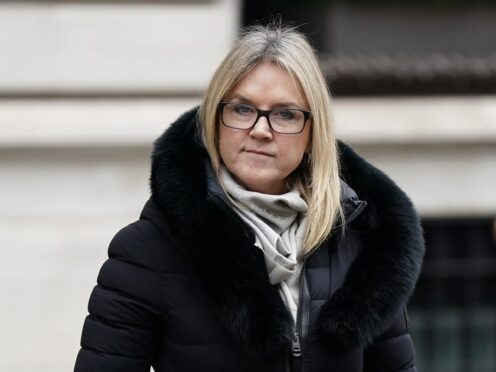A former Post Office boss has admitted he “ought to have known” the organisation had a deliberate strategy of using a charge of theft as a “sledgehammer to … crush subpostmasters into submission”.
Alan Cook told the Post Office Horizon IT Inquiry the strategy was “unacceptable” but insisted it was something he would never “willingly want to do”.
His words came as former subpostmistress Janet Skinner watched next to her lawyer Edward Henry KC.
Mr Cook issued a personal apology to her on Friday, saying: “I should have been on top of (your case), and I wasn’t.”
Mrs Skinner was sentenced to nine months in prison in 2007 for false accounting.
She was 35 at the time and had to leave her two children behind.
Her conviction was overturned in 2021.
Mr Henry, on behalf of a number of subpostmasters, said: “An unmeritorious charge of theft was being used as a jemmy or sledgehammer to force a plea or to crush subpostmasters into submission.”
Mr Cook replied: “I don’t know if that was a deliberate strategy by the Post Office but that’s how it manifested itself and it’s unacceptable.”
Mr Henry continued: “It was a strategy and you ought to have been aware of that strategy, do you accept that now – not with hindsight, but what you ought to have known at the time?”
Mr Cook said: “I did not know that at the time…”
Mr Henry interjected: “Well you ought to have known at the time, Mr Cook. Do you accept that?”
The witness replied: “Yes I do accept I ought to have known it – I didn’t know it, it would be nothing I would ever willingly want to do.”
Questioned on whether he had anything he would like to say by way of apology to Mrs Skinner, Mr Cook said: “I can only apologise on behalf of the whole organisation for the way that you were treated.
“It was disgraceful.
“I can only apologise personally that whilst I had not heard of your case, I have an accountability that I should have been on top of it, and I wasn’t.
“There’s nothing more I can say – this will be with you for the rest of your life, it will be with me for the rest of my life.”
